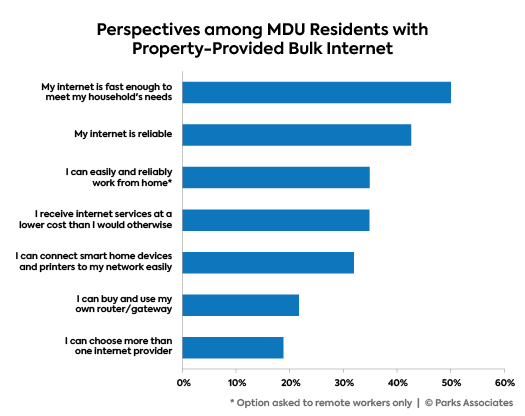One of the key Ethernet specifications is IEEE 802.3, which details the requirements for cabled Ethernet links. This standard has evolved over the years, introducing quicker rates and improved performance. For instance, the initial Ethernet standard offered rates of 10 Mbps per second, while newer versions, such as Gigabit, can offer rates of up to 1,000 Mbps. In MDUs, where multiple residents utilize the common web link, having a high-speed Ethernet network can greatly improve the total user experience. Quicker rates mean faster downloads, smoother streaming, and greater visual conferences, which are essential for remote work and online learning.
Another important feature of Ethernet standards is the use of structured cabling systems. These structures arrange and coordinate the system wires that link devices within a building. By following the guidelines set by Ethernet standards, MDUs can guarantee that their cabling is efficient and efficient. This structure helps reduce signal interference and improves data transmission quality. Additionally, structured wiring enables for easier upgrades and servicing, allowing it easier for building administrators to adjust to evolving tech requirements. As web utilization persists to increase, having a properly organized cabling system becomes crucial for ensuring top-notch access.
Electricity over Ethernet (PoE) is another important development in Ethernet tech that aids MDUs. PoE enables system wires to transmit power power along with data, eliminating the need for separate electric sources for equipment like security cameras, Wi-Fi access points, and VoIP phones. This feature simplifies setup and minimizes disorder, allowing it simpler to establish a comprehensive network in multi-dwelling units. By utilizing PoE, property managers can enhance security and improve internet connectivity throughout the complex without the extra cost of extra power installation.

In summary, Ethernet protocols have a mdu connectivity options profound impact on web access in multi-dwelling buildings. By offering faster rates, organized cabling, and advanced capabilities like Power over Ethernet, these protocols assist establish a reliable and effective system for residents. As tech persists to advance, remaining aware about Ethernet standards will be crucial for property managers and tenants alike. By investing in the right framework, MDUs can guarantee that all residents experience a smooth internet interaction, making their residences more linked and convenient.